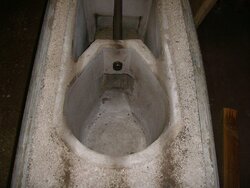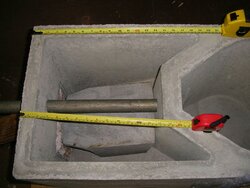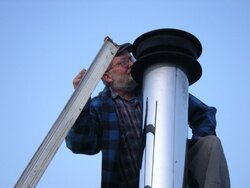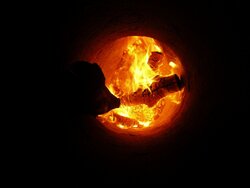infinitymike
Minister of Fire
Aimed perfectly south/west. Right for his front door!You put directional deflectors on yours. Didn't you!God damn cheater.
Aimed perfectly south/west. Right for his front door!You put directional deflectors on yours. Didn't you!God damn cheater.
Has anybody put a combustion analyser to a wood gun at any phase of the burn cycle, i have not seen any posted results on this? In a gasifier secondary air is needed to convert carbon monoxide into carbon dioxide, a high burn temp on primary air alone is subject to high co and nox concentrations. A o2 sensor will show excess air in the fluestream but will not readily recognise the co change fast enough due to the resolution of the scales, o2 , 0-20.9% and co in the ppm range. The easiest way to mitigate high co without the ability to monitor is medium sized dry wood and not to overload the firebox. just wonder how clean any boiler can run without some secondary air



 This is midway through a burn cycle!
This is midway through a burn cycle!No.gotcha, is this the same principle the wood gun operates under.
gotcha, is this the same principle the wood gun operates under.

First, welcome Quentin!!
Replaced the nozzle brick only twice...wow! I have replaced mine already after just under 4 years. I have yet to replace the fan bearing as it seems to work fine and no noise coming from it and I'm assumng I can go until it gets noisy? Looking forward to those pics!
Same here on heat loss, last night when I went to the basement to feed the fire, the first thing I thought of is how warm the basement is and if the boiler is outside I would lose that heat. The WG definitely needs insulation on all 6 sides not just 3. Maybe the next model will have better insulation?
If I can find some used propane tanks I plan to put the storage in a crawl space under the den, any heat loss from storage would then be in the house.
Q

